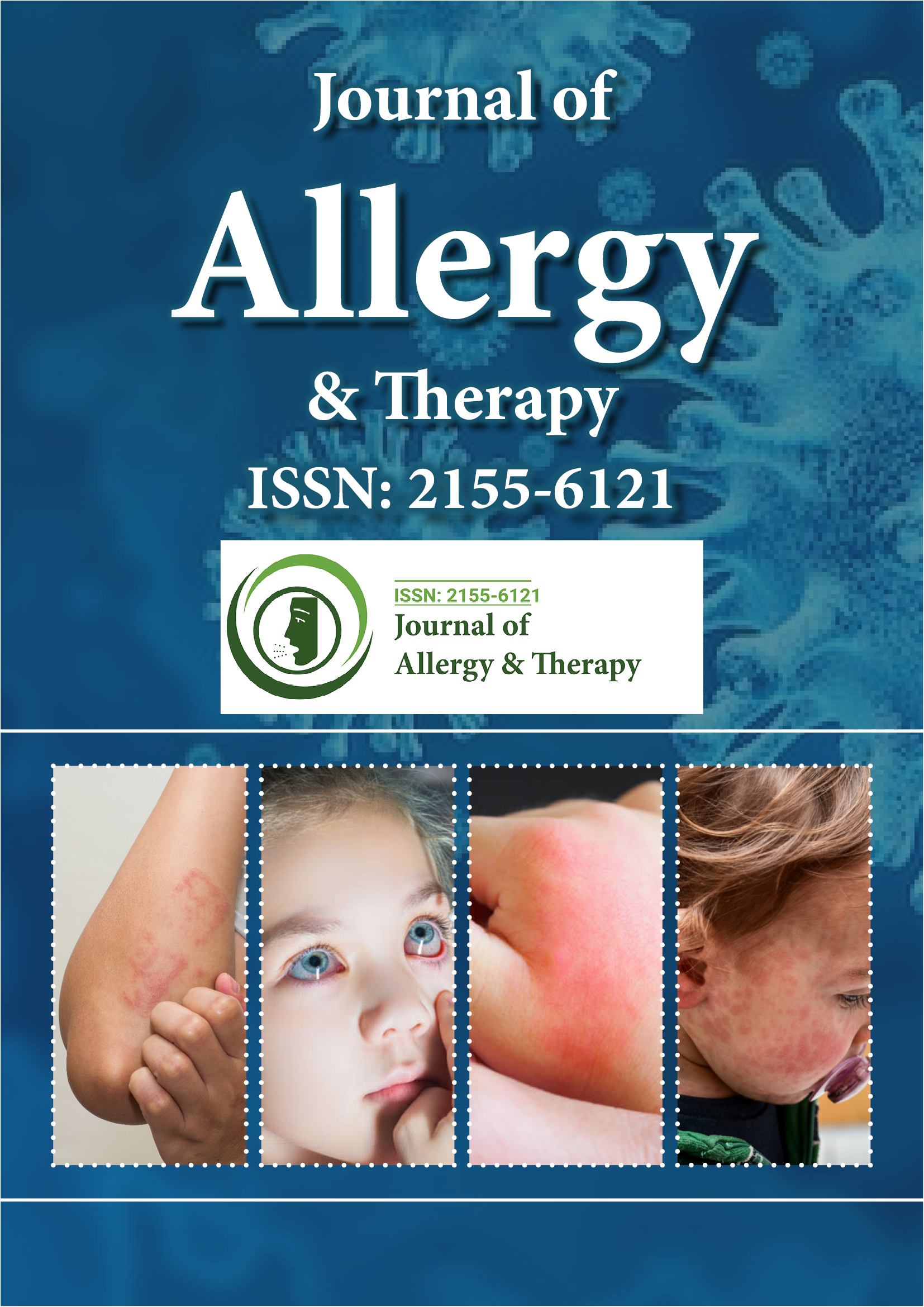糥еЉХдЇО
- е≠¶жЬѓжЬЯеИКжХ∞жНЃеЇУ
- жЙУеЉА J йЧ®
- Genamics жЬЯеИКжРЬ糥
- е≠¶жЬѓйТ•еМЩ
- жЬЯеИКзЫЃељХ
- дЄ≠еЫљзЯ•зљСпЉИCNKIпЉЙ
- дєМе∞ФйЗМеЄМзЪДжЬЯеИКзЫЃељХ
- зФµе≠РжЬЯеИКеЫЊдє¶й¶Ж
- еПВиАГжРЬ糥
- еУИеІЖиЊЊе§Іе≠¶
- дЇЪеИ©ж°СйВ£еЈЮEBSCO
- OCLC-WorldCat
- SWB еЬ®зЇњзЫЃељХ
- иЩЪжЛЯзФЯзЙ©е≠¶еЫЊдє¶й¶Ж (vifabio)
- жЩЃеЄГйЪЖжЦѓ
- жЧ•еЖЕзУ¶еМїе≠¶жХЩиВ≤дЄОз†Фз©ґеЯЇйЗСдЉЪ
- жђІжі≤йЕТеРІ
- и∞Јж≠Ме≠¶жЬѓ
жЬЙзФ®зЪДйУЊжО•
еИЖдЇЂж≠§й°µйЭҐ
жЬЯеИКдЉ†еНХ

еЉАжФЊиОЈеПЦжЬЯеИК
жКљи±°зЪД
жКЧзФЯзі†ињЗжХПпЉЪдЄіеЇКеЫЮй°Њ
зїіжЙШе∞Ф·жҐЕжіЫ·е§ЪжЦѓж°СжЙШжЦѓеТМжЄ©иіЭжЙШ·S·й©ђжЯ•е§Ъ
зЃАдїЛпЉЪжКЧзФЯзі†йАЪеЄЄдЄОиґЕжХПеПНеЇФжЬЙеЕ≥гАВињЩдЇЫеПНеЇФеПѓдї•йАЪињЗдЄіеЇКи°®зО∞и°®зО∞еЗЇжЭ•пЉМдїОиљїеЊЃзЧЗзКґеИ∞дЄ•йЗНзЪДеН±еПКзФЯеСљзЪДеПНеЇФгАВзДґиАМпЉМињЩдЇЫеПНеЇФзїП媪襀胃聧䪯жШѓдЄНиЙѓдЇЛдїґгАВйФЩиѓѓеЬ∞е∞ЖжВ£иАЕж†ЗиЃ∞дЄЇињЗжХПдЉЪеѓЉиЗіеМїзЦЧжЬЇжЮДзЪДжИРжЬђеТМеПСзЧЕзОЗеҐЮеК†гАВ
зЫЃзЪДпЉЪеЫЮй°ЊзЫЃеЙНеЕ≥дЇОжКЧзФЯзі†ињЗжХПеПНеЇФзЪДиѓДдЉ∞гАБиѓКжЦ≠еТМж≤їзЦЧзЪДдњ°жБѓгАВ
жЦєж≥ХпЉЪеЬ® PubMed дЄ≠жРЬ糥пЉМз≠ЫйАЙеЗЇињЗеОїеНБеєіеЖЕеПСи°®зЪДиЛ±жЦЗгАБжИРдЇЇгАБжЬЙеЕ®жЦЗзЪДжЦЗзЂ†гАВеЬ®еЕЂзЩЊдЇМеНБеЕ≠жЭ°зїУжЮЬдЄ≠пЉМйАЙеЗЇдЇЖдЄГеНБдЄЙжЭ°гАВ
зїУжЮЬпЉЪиѓКжЦ≠ињЗжХПдЇЛдїґйЬАи¶Биѓ¶зїЖзЪДзЧЕеП≤гАВиѓКжЦ≠зЪДз°ЃиЃ§еПЧдЄіеЇКзЙєеЊБеТМеПНеЇФз±їеЮЛпЉИеН≥жЧґжИЦйЭЮеН≥жЧґпЉЙзЪДељ±еУНгАВеЙНиАЕеПѓдї•йАЪињЗзЪЃиВ§иѓХй™МеТМиНѓзЙ©жњАеПСиѓХй™МињЫи°МиѓДдЉ∞гАВеРОиАЕеИЩйАЪињЗеїґињЯиѓїжХ∞зЪЃиВ§иѓХй™МеТМиНѓзЙ©жњАеПСиѓХй™МињЫи°Мз†Фз©ґгАВињЩдЇЫжВ£иАЕзЪДж≤їзЦЧеЇФйБµеЊ™йБњеЕНеТМдљњзФ®жЫњдї£иАРеПЧиНѓзЙ©гАВдљЖжШѓпЉМе¶ВжЮЬжЙАиЃ®иЃЇзЪДиНѓзЙ©еѓєдЇОжВ£иАЕзЪДж≤їзЦЧењЕдЄНеПѓе∞СпЉМеИЩеПѓдї•е∞ЭиѓХиД±жХПгАВ
иЃ®иЃЇпЉЪдЄіеЇКзЧЕеП≤жШѓзЃ°зРЖињЩдЇЫжВ£иАЕзЪДеЯЇжЬђзїДжИРйГ®еИЖгАВйЩ§ β-еЖЕйЕ∞иГЇз±їжКЧзФЯзі†е§ЦпЉМзЪЃиВ§иѓХй™МзЪДй™МиѓБжХИжЮЬиЊГеЈЃгАВдљУе§ЦиѓХй™Ме∞ЪжЬ™еЬ®е§ІйЗПеПЧиѓХиАЕж†ЈжЬђдЄ≠еЊЧеИ∞еЕЕеИЖй™МиѓБгАВиД±жХПзЦЧж≥ХеЈ≤еЊЧеИ∞ β-еЖЕйЕ∞иГЇз±їжКЧзФЯзі†еН≥жЧґеПНеЇФжВ£иАЕзЪДй™МиѓБпЉМдљЖеѓєдЇОйЭЮеН≥жЧґеПНеЇФдї•еПКйЭЮ β-еЖЕйЕ∞иГЇз±їжКЧзФЯзі†пЉМињШйЬАи¶БињЫдЄАж≠•з†Фз©ґгАВ
зїУиЃЇпЉЪжКЧзФЯзі†ињЗжХПзЧЗзЪДж≤їзЦЧеЇФж†єжНЃињЗжХПеПНеЇФз±їеЮЛеТМжКЧзФЯзі†зІНз±їињЫи°МеЕЈдљУиАГиЩСгАВйЬАи¶БињЫдЄАж≠•з†Фз©ґеЕНзЦЂеМЦе≠¶еТМйЭЮ β-еЖЕйЕ∞иГЇз±їжКЧзФЯзі†зЪДиѓКжЦ≠жµЛиѓХй™МиѓБгАВ